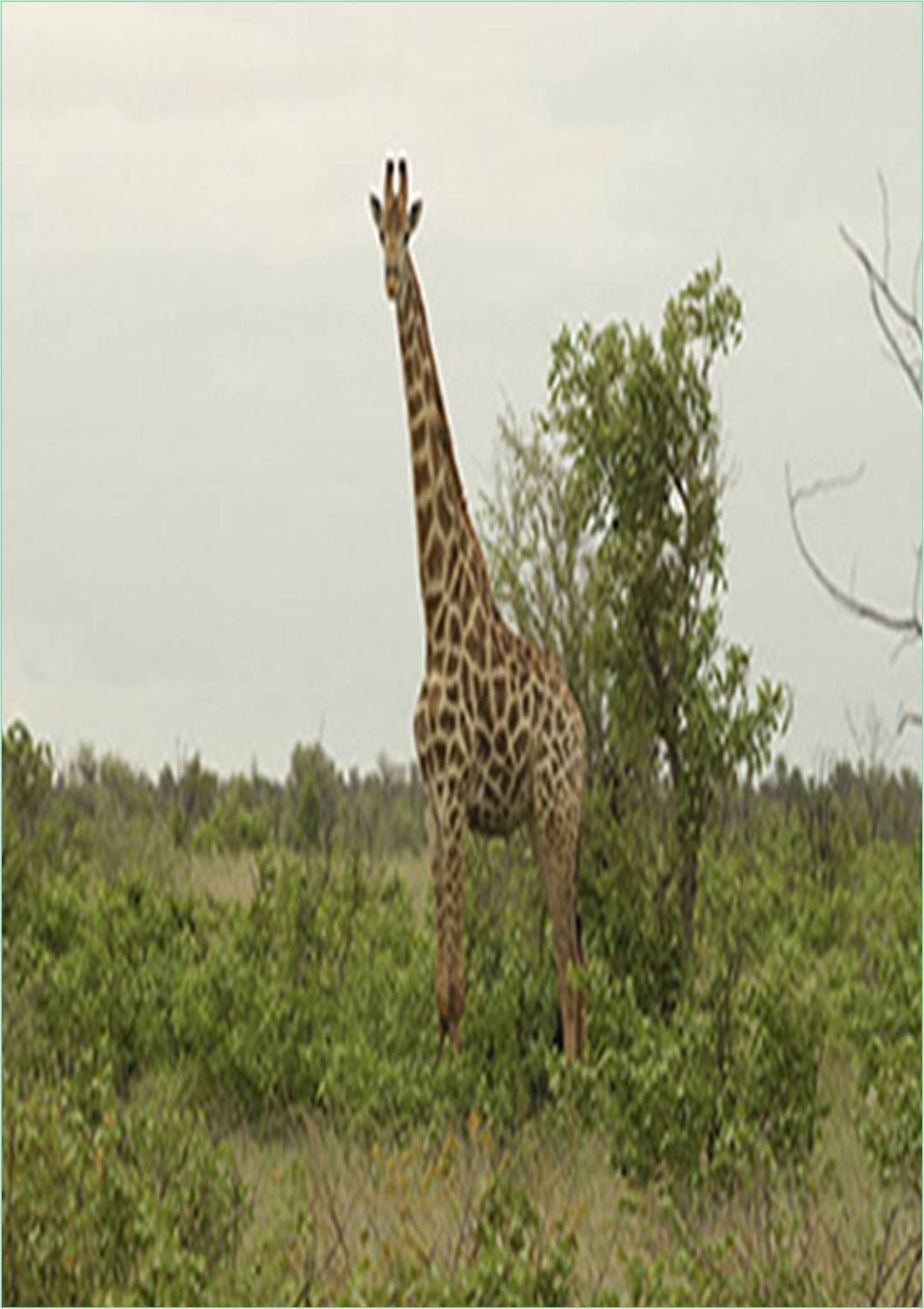



Received: 02-Feb-2022, Manuscript No. GJAEB-22-60141; Editor assigned: 04-Feb-2022, Pre QC No. GJAEB-22-60141(PQ); Reviewed: 18-Feb-2022, QC No. GJAEB-22-60141; Revised: 23-Feb-2022, Manuscript No. GJAEB-22-60141(R); Published: 02-Mar-2022, DOI: 15651/GJAEB.22.10.03
Since a few decades, populations of European wild boar (Sus scrofa) are constantly growing in numbers. Despite the fact that the wild boar has excessive commercial potential due to its meat, this dramatic growth in its population, e.g., in Lower Saxony, representing other regions of Germany has arisen conflicts regarding agriculture and farming in addition to environmental balance. Moreover, wild boar can be pestiferous to domestic pig populations and may transfer diseases, e.g., african swine fever, in an uncontrollable manner. One of the causes which explain the growing population trend is the high reproductive rate of this wild ungulate in addition to the ability for young wild boars to take part in reproduction and so contributing to the high observed animal numbers. An important factor in reproduction research is that regarding the possible onset of puberty. Studies about the attainment of puberty in young wild boars focused especially on females, whereas to the best of our information, only single publications investigated puberty in the males.
The domestic pig, of which the wild boar is ancestor, reaches puberty at about 5 months of age and thereafter sexual maturation from about seven to nine months after birth, depending on the breed. In contrast, common hunting references assumed puberty in male to occur in the second year after birth. Only recently it was stated that wild boar males younger than one year might already be able to reproduce. Thus, it is evident that there exists a lack of basic knowledge approximately the exact time at which puberty and consequently sexual maturity occur in the male wild boar. The newly literature suggested more precocious onset of puberty and, therefore, the capacity for male wild boars aged one year or even younger to reproduce, may also be responsible for the growth in population of wild boar in Germany and other european countries. Hence, better understanding of the timing of puberty attainment can provide useful information for proper management of this species, also in order to control effectively conflicts among humans and wild boar.
With this background in mind, in the present study, we aimed to determine when wild boar males reached puberty and could be able to reproduce. We performed histological investigations and immunohistochemistry of the anti-mullerian hormone and the androgen receptor of testes collected from hunted wild boars of a population located in Lower Saxony, Germany. We assessed puberty through observing the level of germ cell development during the spermatogenic process, as one of the markers of puberty onset is the beginning of spermatogenesis, which leads, in mature testis, to the development from spermatogonia to elongated spermatids and ultimately spermatozoa.
The pubertal attainment is also related to changes in the expression of the anti-mullerian hormone and the androgen receptor on different cells in the testis. A positive detection with immunohistochemistry of the anti- mullerian hormone connotes animals in which puberty has not been reached yet, because this hormone is secreted through somatic sertoli cells only until they stop to proliferate and undergo maturation, a process regulated by increasing testosterone levels at puberty onset. As a result of rising testosterone concentrations, the expression of the androgen receptor in sertoli cells in the seminiferous epithelium, representing the binding site for androgens, is increased and marked by positive reactions at immunohistochemistry.